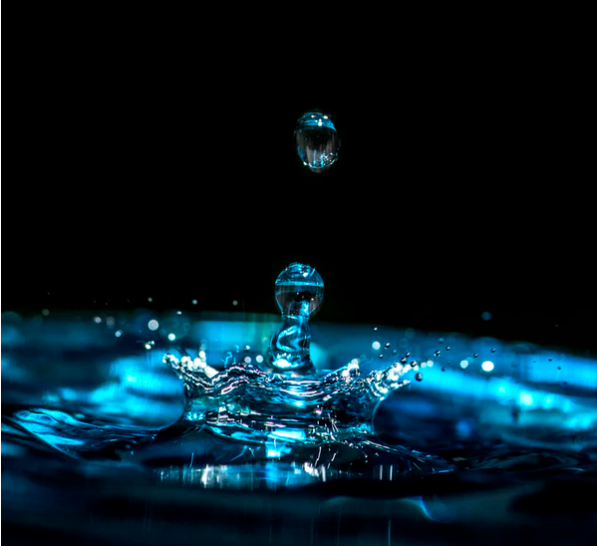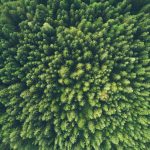Physical Address
304 North Cardinal St.
Dorchester Center, MA 02124
Physical Address
304 North Cardinal St.
Dorchester Center, MA 02124
Green buildings have become a hot topic recently and this is not surprising. Green buildings help preserve the environment and they allow home owners to save money in the long term. Building green buildings is not just a fashion – it is a trend, which is here to stay.
Green Buildings Start with the Site and the Materials Used
It is a popular myth that an energy efficient and water efficient home is a green home. While energy efficiency and water efficiency are the major features of a green home, they are certainly not all it takes to make a home green. As discussed in the Green Buildings Take over the Market article, there are many more requirements a building must meet in order to be labeled a green building.
A green building starts with the correct site location. A green building is designed with greenness in mind. A green building is built from green materials and is equipped with green appliances. If all these conditions are met, then a building could be labeled as a green one. However, this does not mean that an old home, which hasn’t been designed and constructed with greenness in mind can’t be made greener. Improving the energy efficiency and the water efficiency of an existing building can make it a lot greener.
Energy Efficiency is Mandatory for a Green Building

Energy efficiency is one of the major requirements for a green building. While the steps to make a home energy efficient vary, generally all steps in the direction of using less energy and using natural energy sources (i.e. the Sun, wind, water) to produce energy contribute to building a green home. Energy efficient fixtures and appliances (i.e. light bulbs, Class A home appliances, better isolation, etc.) are a major category of green appliances and are one of the largest steps one can make in the direction of a green home.
Geothermal heating and cooling is also a popular step in the direction of a green home but it, together with solar panels or wind energy utilization, is location dependent and not everybody can take advantage of it. There are appliances, which allow to transfer and store geothermal water but for now prices are too high for the mass consumer.
Smart devices, like setback thermostats, are another group of cute green appliances. Setback thermostats monitor temperature and tell the other appliances when to heat/cool and when to stop. This way energy is used for cooling/heating not all the time but only when this is necessary.
Water Efficiency is also Part of the Green Building Concept

Optimizing water efficiency is another step in the direction of a green home. In many modern homes water is wasted more than energy and there are many possible optimizations to consider. For instance, older toilets tend to use more water and if a homeowner replaces the old toilet with the more modern low-flush one, this could save a lot of water in the long run.
Leaking faucets are another water-wasting resource, which can be easily optimized. Showerheads and washing machines are not better than water-wasting toilets but the good news is that there are many models of both, which do a perfect job at a lower water consumption. In many cases the improvements could be 50% or more, so it is certainly worth investing in water efficient appliances.
Probably rain gauges are one of the biggest water savers for farmers and everybody who has a garden. There is hardly a modern farmer who takes out the hose and waters everything around because this has such low water efficiency that even if water were free, nobody sane would do it.


